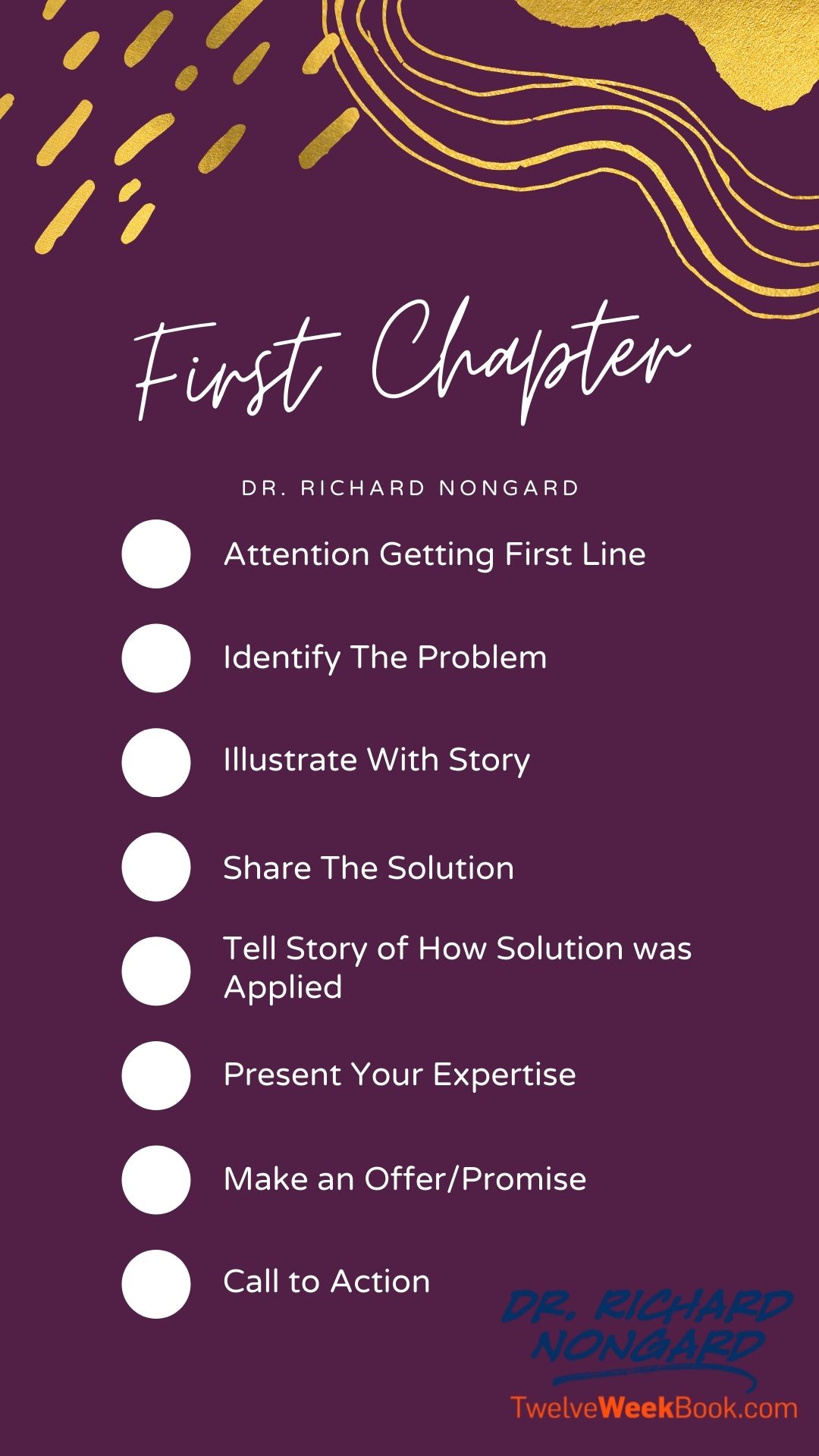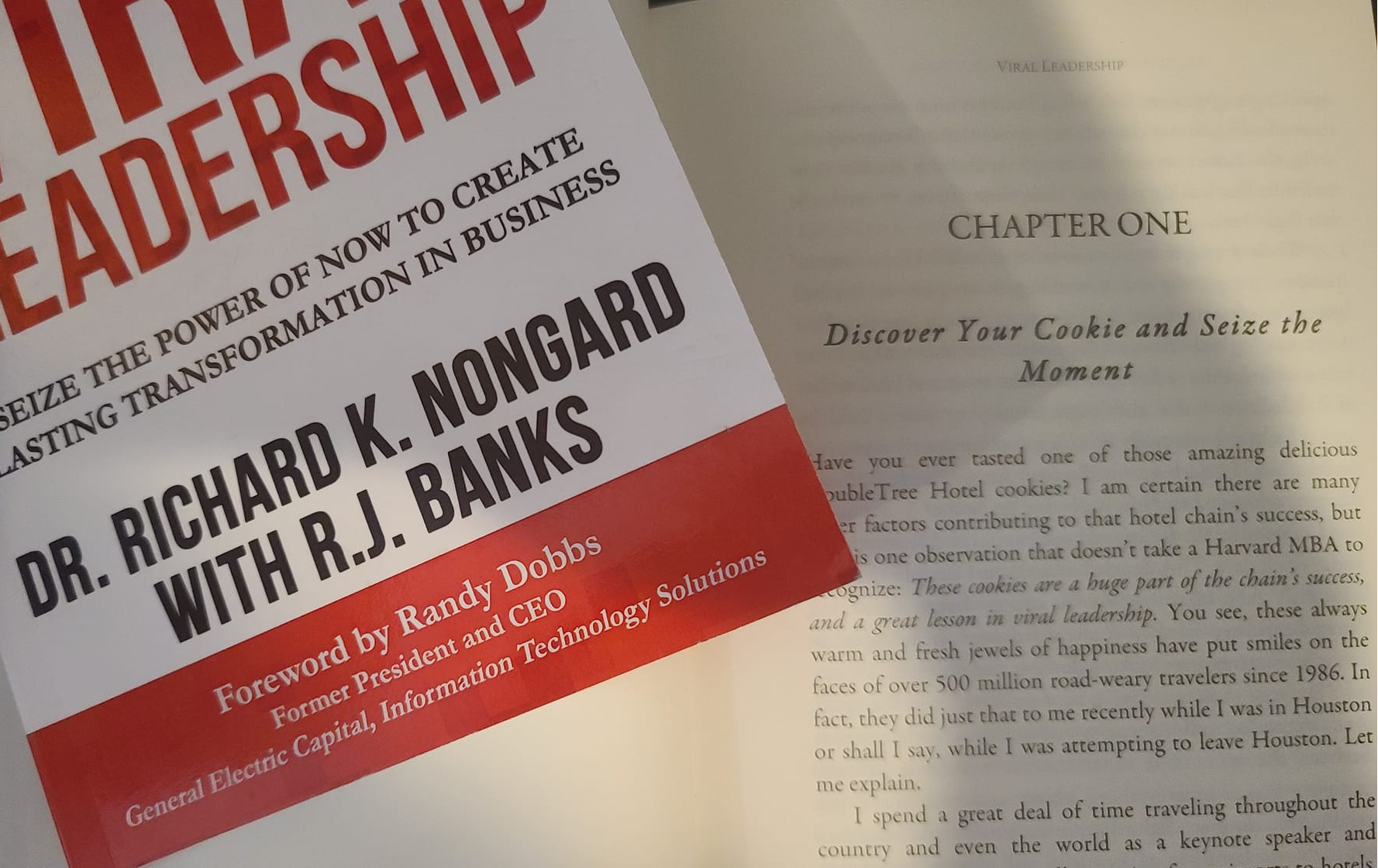How to outline the first chapter of a book
and write a self-help book step-by-step
Do you have great ideas for your book and even great ideas for the contents? But when it comes to writing the first chapter, you feel confused about how to actually start writing the first chapter of a book? Are you unsure of how to outline the first chapter of a Book or how to write a self-help book step-by-step?
This article will answer your questions about how to do it!
Many people begin by telling a personal story or creating some sort of an introduction. This often is better placed as a preface before chapter one begins. Chapter one should begin with an attention getting first line. The idea behind this first line is that we only have a moment to captivate the reader’s attention, and by writing an attention getting first line, we have the ability engage the reader in the outline of our first chapter.
Immediately after creating an attention getting first line the next thing that I want to write about is to identify the problem that the reader has. After all, readers pick up a book, because they're probably looking for some type of a solution. Whether it's knowledge, or whether it's processes, or whether it's new ideas.
It's then time to tell a story. This could be a story about you and your own experiences, or it could be a story about a client, or it could be a story about another person, or it could be a story that even comes from the media or in the popular press. We want to tell a story because stories engaged readers and they see themselves in the story. When we share a story about the problem, then we introduce the solution that we're going to be writing about.
The solution is what the contents of your book are really going to be about.
And you don't need to write a lot in the first chapter, but you need to share
with the reader that you hold a solution and you're going to be teaching the
solution. You might highlight in the story that you told, how part of that
solution was implemented. You could then share another story. I think a first
chapter could have two, or three, or even four stories in it to sort of set the
stage, somebody with a different demographic.

Maybe if we told a story about the old business leader, we might tell a story about a young female business leader. Again, you can pick and choose what stories you want to tell, but it's important to share diverse stories so that each reader sees themself within the pages of the book. This is absolutely important. How to outline the first chapter of a book and write a self-help book step-by-step.
Then it is time to present your expertise as either a professional or as a
person who has solved the same type of problem. Present your expertise either
from academics, or from personal experiences or from the other lessons that
you've received in life. If it's an inspirational book, maybe your expertise
understanding divine wisdom. Again, this could come in a number of different
forms.
It's at this point that we're going to be sharing the thesis. Every book
must have a thesis. In fact, even a fiction book has a type of thesis. The
thesis is really all about what it is that we're going to be sharing with our
reader to provide the solution. The thesis is often the subtitle of the book.
For example, I wrote a book titled The Seven Most Effective Methods of
Self-Hypnosis. The subtitle of that book is How to Create Rapid Change
in your Health, Wealth, and Habits. The thesis of my book is that when I
teach you the seven methods of self-hypnosis, you are going to be able to have
rapid change in your health, your wealth and your habits. This is the idea that
the rest of the book is going to focus on.
As you're writing the pages of your book and the contents of your book,
anytime you're unsure of what you shouldn't be writing, you're going to go back
to that thesis statement. You're going to write something about the thesis
that you're presenting. That the methods or the techniques, or the ideas that
you have to offer to deliver on the thesis of the book.
It is at that point that a good first chapter makes an offer. To some
extent, a first chapter is really a sales letter. The way I look at it, the
title catches their attention. The subtitle tells them what it is about. If
they are interested, they'll flip it over. They will read the description on
the back of the book and then decide to read the first chapter. And if the first
chapter is interesting to them, they'll make the decision then to read the rest
of the book. So, we want to make an offer. The offer is going to be along the
lines of, “based on my expertise and the
experiences of others, you, the reader, can create success by continuing on and
learning the methods which I'm going to teaching.”
I then give a guarantee, or more specifically what I call a promise. For
example, in my book, The Seven Most Effective Methods of Self-Hypnosis,
if a person were to implement the ideas and make rapid change in their health
or wealth or their habits, the result is going to be abundance! A feeling of
freedom, the ability to feel as if they have control over perhaps habits in the
past that they felt controlled them. The promise is, that life will be filled
with hope and it will be filled with hope because even when we encounter
difficulties in the medical setting or difficulties in our emotions, we have
the tools of self-hypnosis that we can now tap into to help us live our best
life. Every book has to have a promise, yours too.
How to outline the first chapter of a book and write a self-help book step-by-step.
In the book Alcoholics Anonymous there's a section called promises. It's
probably one of the most famous parts of the big book of AA. In the promises,
the writers say that if you are painstaking about this phase of our
development... The authors say, if the reader is are painstaking throughout
this phase of development, they will be amazed before they arehalfway through.
What they're talking about is the thesis that they've
presented, that if you work the twelve steps, you'll have a vital spiritual
experience. The promises are then that “we're
going to know a new freedom and a new happiness, will not regret the past and
our wish to shut the door on it. We'll comprehend the word serenity, we will
know peace, no matter how far down the scale we've gone we'll see how our
experience could benefit others. That feeling of uselessness and self-pity will
disappear. We will lose interest in selfish things and gain interest in our
fellows. Self-seeking will slip away. Our whole attitude and outlook on life
will change. Fear of people and economic insecurity will leave us. We will
intuitively know how to handle situations that used to baffle us. We will
suddenly realize that God is doing for us, what we can not do for ourselves.”
The writers of the big book of AA continue on and write “Are these extravagant
promises? We think not. They are being fulfilled among us sometimes quickly,
sometimes slowly. They will always materialize if we work for them.” In the
book that you are writing, you want to make a magnificent promise. The promises
articulated in the book, Alcoholics Anonymous are spectacular. In fact,
to many newcomers to the twelve-step program they almost seem impossible. But
what you're going to be doing is writing a book that guides people through a
process of applying the solutions that you've learned in your life either
professionally or personally. The result in a powerful transformation for them.
As you are writing the rest of the pages of your book, remind the reader of
the promises that you've made. This will encourage them to continue reading
because everybody wants to be able to experience the promises that you make.
I think a good first chapter ends with a
powerful call to action. The call to action is an invitation to continue
reading. You can conclude your first chapter with a line that simply says, “And
as you embark on this journey over the next 13 chapters (or however many
chapters your book is going to be), you'll discover tremendous successes in
every aspect of your life. This call to action encourages the reader then to
flip the page and to begin chapter two. Now you have a better idea of
how to outline the first chapter of a book and write a self-help book step-by-step.
Although a simple outline, this is the outline of many of my successful
first chapters books. This is the outline of successful students in my TwelveWeekBook.com course have followed to
create success with their books.
If you would like to know how to outline, write and create contents for your
book, join my course, TwelveWeekBook.com.
Hundreds of people have taken this course, and many of them have had
significant success. There's a bookstore link right here on this webpage. You
can see all the books that people have completed in this course. They're
beautiful and they're meaningful. Your book can be added to this bookstore
when you complete the course in the next twelve weeks if you join us!
